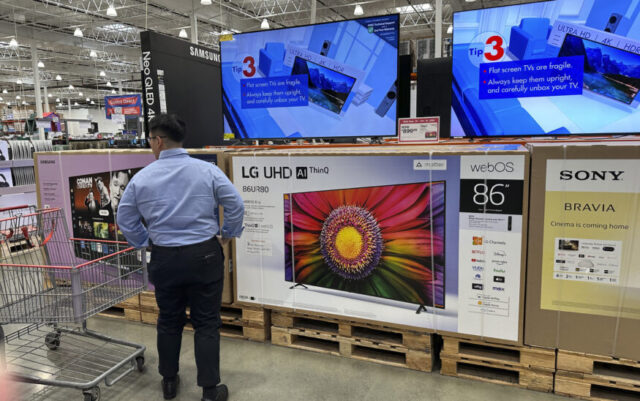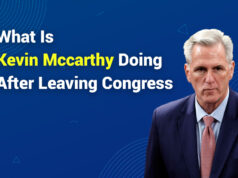U.S. Inflation Shows Modest Increase in May as Consumer Spending Declines
The personal consumption expenditures (PCE) price index has reported a gradual rise in May, indicating that inflation continues to stay above the Federal Reserve’s target of 2% for the annual rate. According to data released, prices increased 2.3% in May compared to the same period last year, up from 2.1% in April. When excluding the fluctuating food and energy sectors, core prices saw a growth of 2.7%, rising from 2.5% the previous month.
Impact of Tariffs on Inflation
Despite the uptick in inflation, the overall effect of the tariffs implemented during the Trump administration has yet to be felt significantly in U.S. prices. Federal Reserve Chair Jerome Powell expressed concerns earlier this week, suggesting that inflation might pick up momentum this summer as the consumer burden of import duties begins to manifest.
Consumer Spending Trends
Recent reports from the Commerce Department reveal that consumer spending decreased 0.1% in May, marking the first decline since January. Additionally, there was a noted reduction in consumer incomes, attributed to a one-time adjustment in Social Security benefits that had momentarily boosted outgoing payments in the preceding two months. This adjustment was particularly focused on retirees who had served in state and local government roles, thanks to the Social Security Fairness Act.
Despite the decrease in spending, experts caution against overinterpreting these numbers. Greg Wilensky, the head of U.S. fixed income at Janus Henderson, indicated in an email that the slight fall in spending may primarily reflect a necessary correction after an earlier surge when consumers rushed to make purchases ahead of the implementation of tariffs.
Current Price Trends
While inflation numbers have risen, the data also suggests that President Trump’s extensive tariffs have not yet produced major price shifts. Some items, such as toys and sporting goods, have witnessed increased costs; however, these hikes have been counteracted by decreasing prices in other areas including new automobiles, airline tickets, and rental housing.
On a monthly basis, inflation remained relatively stable, with prices rising marginally by 0.1% in May compared to April. Core inflation displayed a slight increase of 0.2%, surpassing economists’ expectations and previous month’s figures of 0.1%.
Economists’ Insights
Several economists have suggested various reasons for the modest impact of tariffs on inflation levels. Both consumers and businesses appeared to have purchased a substantial volume of goods prior to the implementation of the duties in the spring, resulting in many products already on the shelves without the additional costs. Furthermore, numerous companies are reportedly absorbing increased import costs to shield consumers from immediate price surges.
Carl Weinberg, chief economist at High Frequency Economics, noted that there is no immediate cause for alarm regarding inflation based on the latest reports. Nonetheless, he emphasized the unexpected dip in consumer spending, signifying a notable change in behavior since the pandemic, which is likely to be acknowledged by the Fed in upcoming discussions.
| Indicator | May 2025 | April 2025 |
|---|---|---|
| Overall Inflation Rate | 2.3% | 2.1% |
| Core Inflation Rate | 2.7% | 2.5% |
| Monthly Price Increase | 0.1% | 0.1% |
| Consumer Spending Change | -0.1% | N/A |
As various economic indicators evolve, both consumers and policymakers will need to remain vigilant about the trends shaping inflation and spending behaviors in the months ahead.














